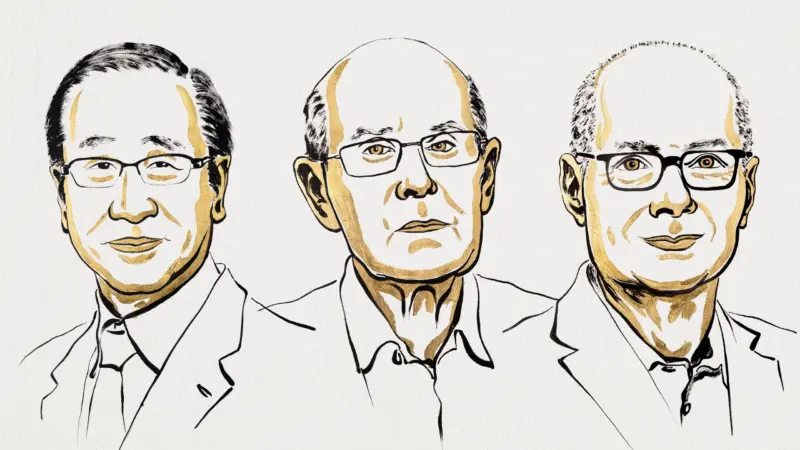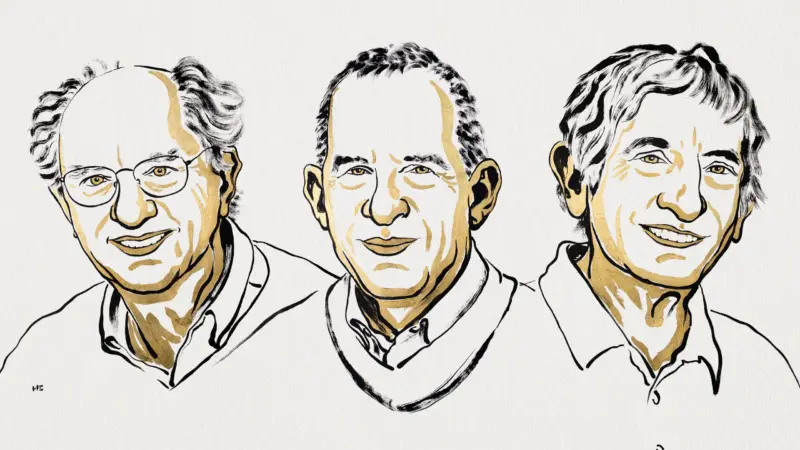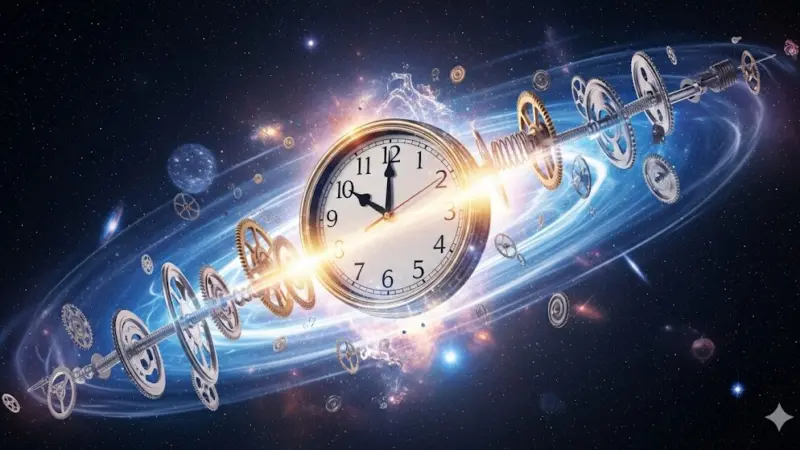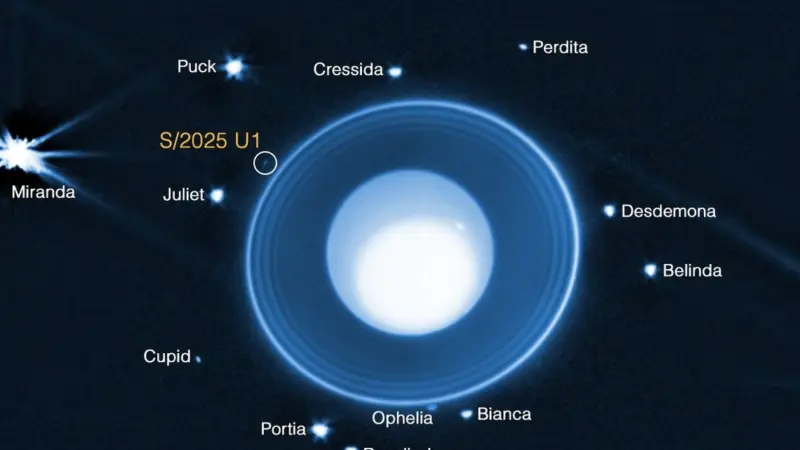Solar Storms, AI Leaps, Novel Vaccine & Plastic Problem — Science Just Had a Big Week
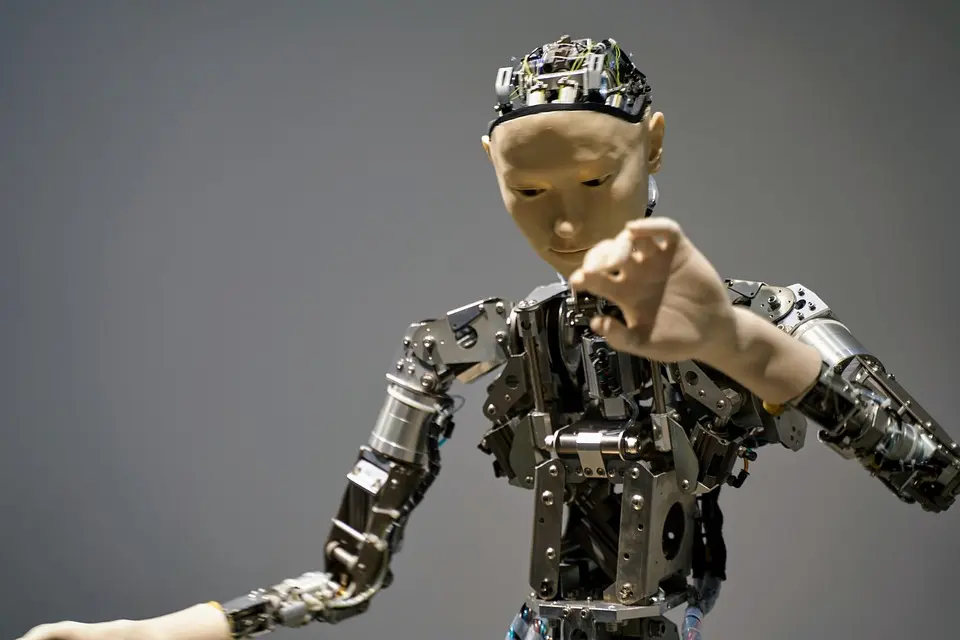
AI Gets Smarter
This week Google DeepMind made waves by announcing Veo 3, its newest and most powerful video generation model. Veo 3 can create high-quality videos from simple text prompts, pushing the boundaries of what AI can do in creative storytelling. Alongside that, Google also supercharged its Gemini 2.5 Pro model, improving its ability to reason, generate text, and assist with complex tasks.
But while the tech world was celebrating faster and smarter AI, a detailed study from MIT brought a moment of pause. Researchers found that some of these cutting-edge generative models come with a hefty energy price tag. To generate just five seconds of high-quality video, an AI model could consume as much electricity as running a microwave oven for a full hour.
Advances in Artificial Intelligence
At Microsoft Build 2025, the company showcased its commitment to AI integration across its platforms. Highlights included the expansion of Copilot AI in Windows 11 and Microsoft 365, and the introduction of new tools like Discovery for scientific research.
Farmland’s Plastic Problem Is Bigger Than We Thought
A new review by Murdoch University has revealed a staggering fact — agricultural soils now contain 23 times more microplastics than the world’s oceans. While plastic pollution in oceans often makes headlines, this study brings attention to a quieter but potentially more dangerous crisis unfolding beneath our feet.
The research highlights that soil microplastics are not just leftover bits of bags or packaging. They can carry up to 10,000 different chemical additives, many of which are unregulated in farming. These compounds could pose serious risks to soil health, crop safety, and the overall integrity of the ecosystem.
Climate Change and Extreme Weather
Severe flooding in New South Wales, Australia, resulted in at least five deaths and significant property damage. Officials attributed the increasing frequency and intensity of such events to climate change, emphasizing the need for enhanced preparedness and infrastructure resilience.
A Close Encounter with a Giant Asteroid
On May 24, asteroid 2003 MH4, roughly the size of the Eiffel Tower, passed near Earth at a speed of about 30,000 kilometers per hour. While there was no danger of collision, NASA emphasized the importance of monitoring such near-Earth objects to safeguard our planet.
Solar Storms Prompt Global Preparedness
NASA issued an emergency alert due to intense solar flares from sunspot AR4087. These flares raised concerns about potential disruptions to power grids and communication systems. A global drill was conducted to assess preparedness, revealing areas needing improvement.
A New Shield Against Gonorrhoea
In a groundbreaking public health move this week NHS England began rolling out the world’s first vaccine to prevent gonorrhoea. The vaccine has shown an efficacy of about 30 to 40 percent. While that might sound modest it marks an important step in the global fight against one of the most common and increasingly antibiotic-resistant sexually transmitted infections.
Sources: Tom’s Guide Wikipedia The Guardian Life Technology

